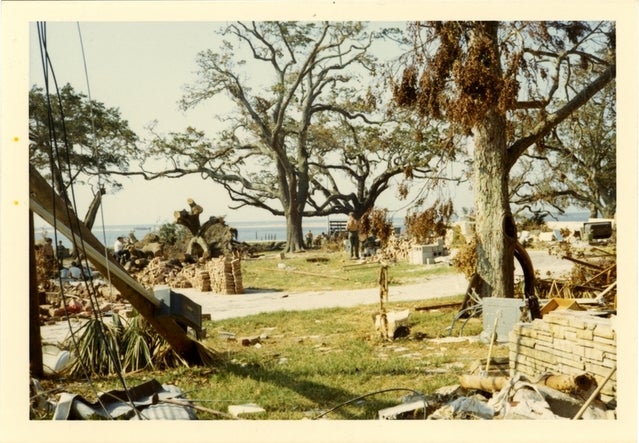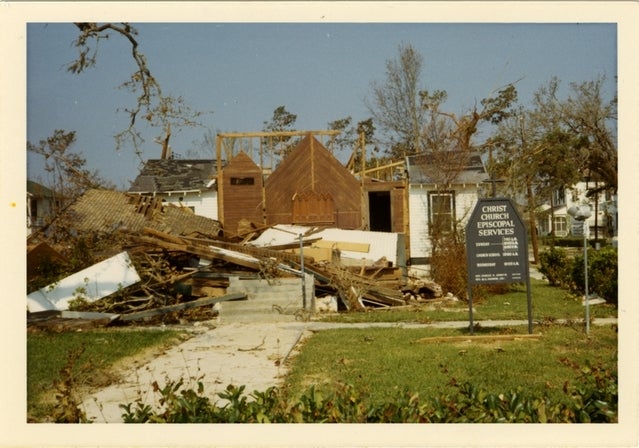Camille: 20th century’s most devastating U.S. storm
Published 8:30 am Wednesday, August 23, 2023

- Hurricane Camille damage. (Sysid 100970. Courtesy of the Mississippi Department of Archives and History)
Nearly half a century ago, the United States faced Hurricane Camille’s unparalleled fury.
Striking in August 1969, Camille stands as the strongest storm to hit the U.S. directly in the 20th century, causing unprecedented devastation across the Gulf Coast, Virginia and notably in areas like Plaquemines Parish, La.

Hurricane Camille damage. (Sysid 100971. Courtesy of the Mississippi Department of Archives and History)
Emerging from a tropical depression south of Cuba, Camille intensified with startling speed, making a Category 5 landfall in Bay St. Louis on Aug. 17. The hurricane brought with it wind speeds that reached an astonishing 175 mph – so fierce that they obliterated all wind-recording instruments in their paths.
The coast between St. Louis Bay and Biloxi Bay witnessed the storm’s peak destruction. Many structures within this 27-mile strip, especially the initial blocks inland, were entirely flattened. Based on a Red Cross survey, the storm obliterated 5,662 homes and inflicted major damage on 13,915 others in Mississippi and Louisiana.
In monetary terms, Camille inflicted a staggering $1.42 billion in damages, which, when adjusted for inflation, equals a jaw-dropping $11.3 billion in 2022. These figures make Camille one of the costliest natural disasters of its time.
Interestingly, while Hurricane Katrina, which would strike years later, was weaker than Camille when it made landfall, its much larger size resulted in both a broader and more significant storm surge. This underscores the variability and unpredictability of these natural disasters, each unique in its destructive capability.
As the memories of Camille’s devastation still linger, the hurricane serves as a poignant reminder of nature’s overwhelming power and the need for continuous advancements in hurricane forecasting, preparedness and infrastructure resilience.





